Introducing SmallKat!
The problem we wish to solve is that there is a need for hardware to teach dynamic walking robotics. When we say dynamic, we mean both able to sense perturbations, and has processing power and actuator speed fast enough to compensate. All existing dynamics-capable walking platforms are too expensive, and all affordable platforms are not capable of full dynamics. If students are going to learn how to make walking robots walk they need to learn using hardware. At the moment only *very* well funded universities and businesses can learn dynamics oriented robot walking.
We are leveraging 3 degrees in robotics engineering, 10 years of product design and robotics experience, and a brand new robotics IDE to provide the best possible teaching tool at the minimal possible price. We have designed a new, 3d printable cat, about the size of an adolescent kitten. We are also using the brand new BowlerStudio robotics IDE for kinematics and dynamics control. This lets students run their code on the workstation in front of them and see it controlling the SmallKat across the room. In addition to cutting edge tools, we have a comprehensive teaching package. SmallKat was used to teach robot walking dynamics at Worcester Polytechnic Institute (WPI) and those teaching materials are availible alongside the SmallKat sources. The teaching pack includes tutorials, lab procedures, lecture slides with scripts and teacher onboarding tutorials. No other walking platform has such cutting edge architecture, nor prestigious teaching materials.
What makes this system so unique is the way students write and test code. BowlerStudio lets the students control SmallKat over the rooms WiFi network. Students code runs as scripts on the PC they are using to develop, and the control commands go over WiFi. This code is quick to change and re-test, making the students experience smooth and delay free. BowlerStudio itself is designed with documentation and tutorials front and center. All documentation is visible from inside BowlerStudio, and the code examples are executable. Executable documentation makes the connection to a description of what something should do, and seeing it happen one click away. Not only is the documentation excellent, it has been teach-tested at WPI. The SmallKat platform was used to teach WPI Robotics Engineering students how to write dynamics controllers. This curriculum and teaching materials are all open-source. WPI has agreed to partner with us to promote SmallKat and help us on the distribution.
The functional structure can be broken down into two major blocks, the high level gait & kinematics computation done in bowler studio and the lower level done by the micro controller on board the robot.
Bowler Studio functional diagram:
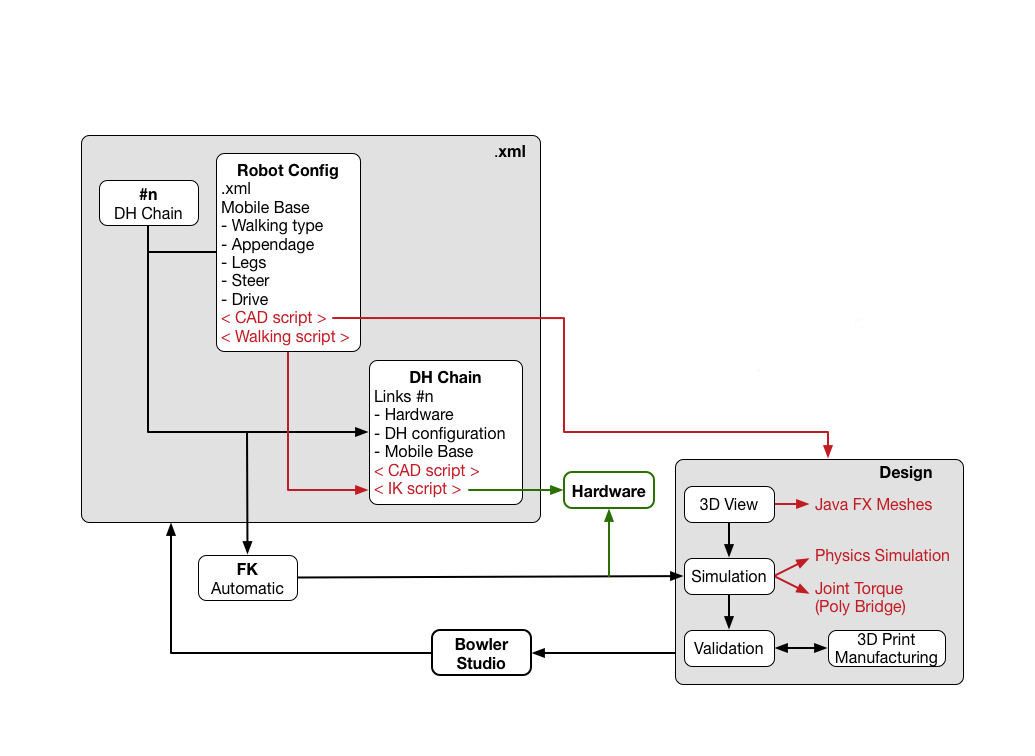
MCU Functional Diagram:
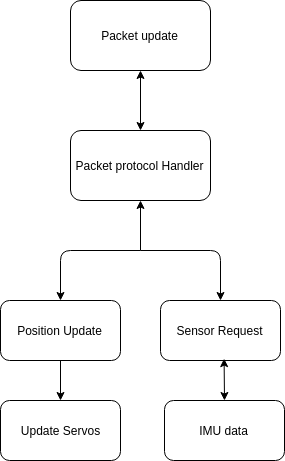
Our business model is to sell classroom kits of hardware, and individual fully assembled SmallKats. We have the backing of a top tier Robotics Engineering college and will use that backing to promote this platform to aspiring colleges and advanced high schools. The intent is to provide a lifestyle business for the developers, and to leverage resin casting for bulk orders. All SmallKats can be 3d printed, and for initial fulfilment we will provide printed parts. We will also be refining a resin cast process to streamline production and ensure consistent parts.
The process to bring SmallKat to market is incremental. In the initial stage we will lean source components and print the plastic to order. As we scale up, we will increase the number of printers dedicated to SmallKat printing and hire a member of the local Makerspace to put together kits. If we outgrow this production throughput, or if we got a large lump sum, we will hire a member at our local makerspace who used to make resin molds for Hasbro. We have already discussed feasibility and would just need to engage him to make the molds. As we spool...
Read more » Kevin Harrington
Kevin Harrington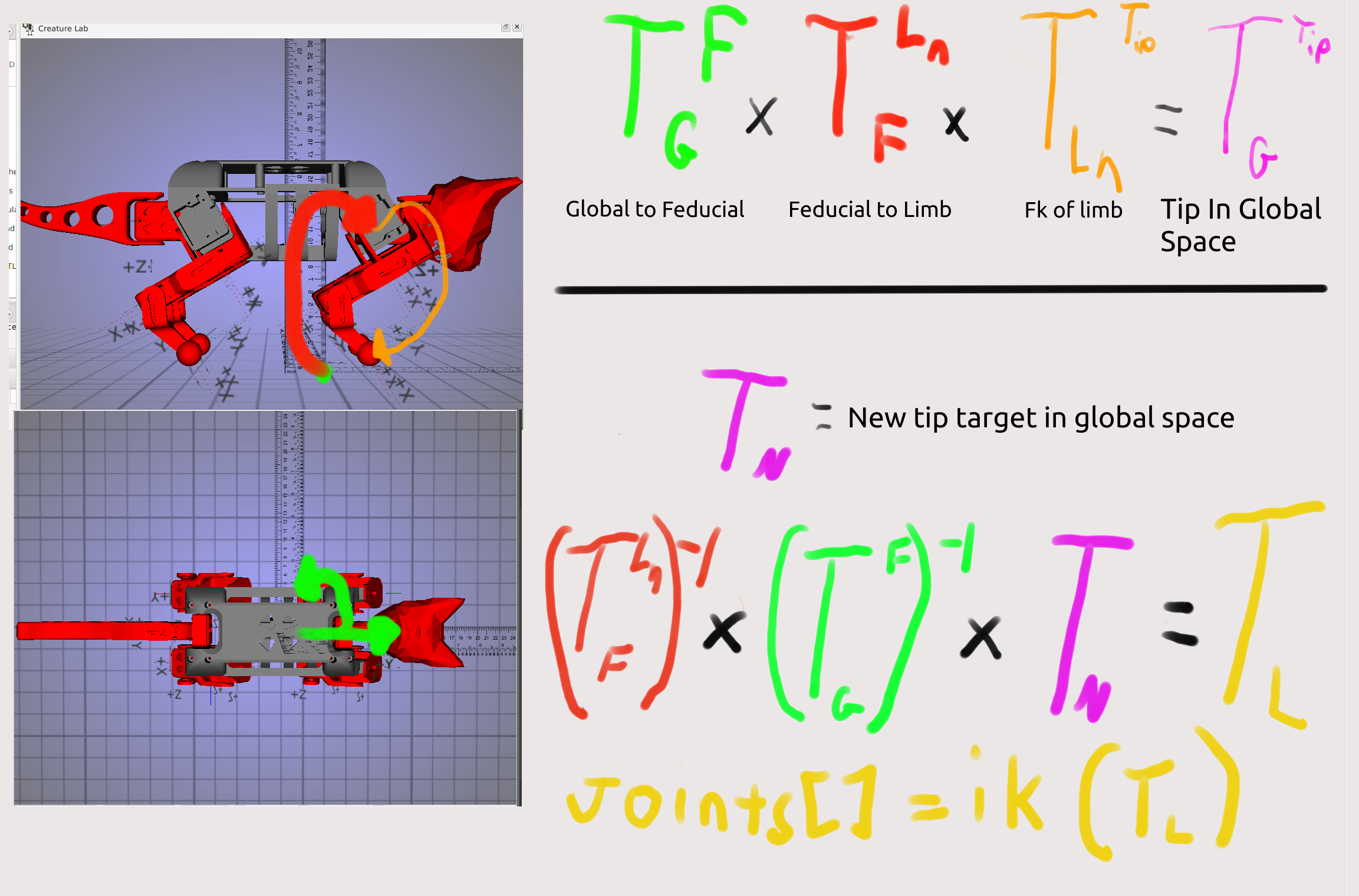
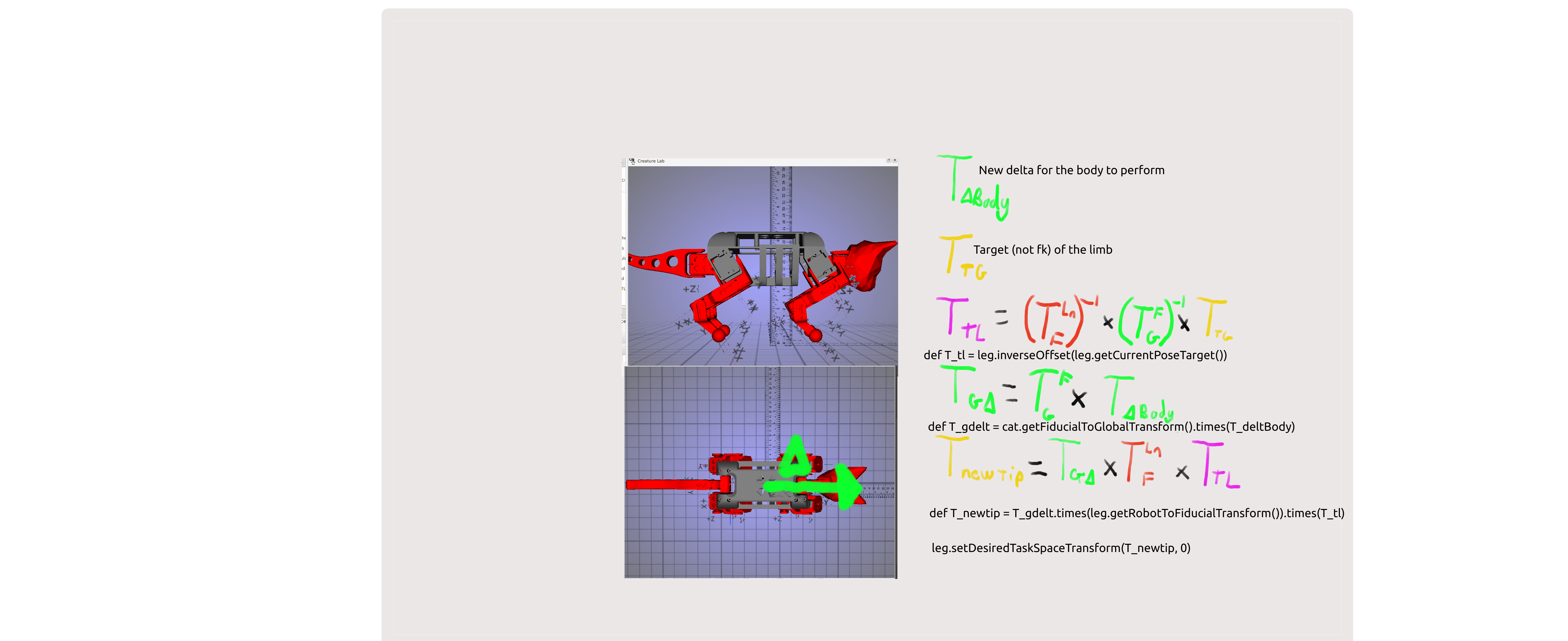
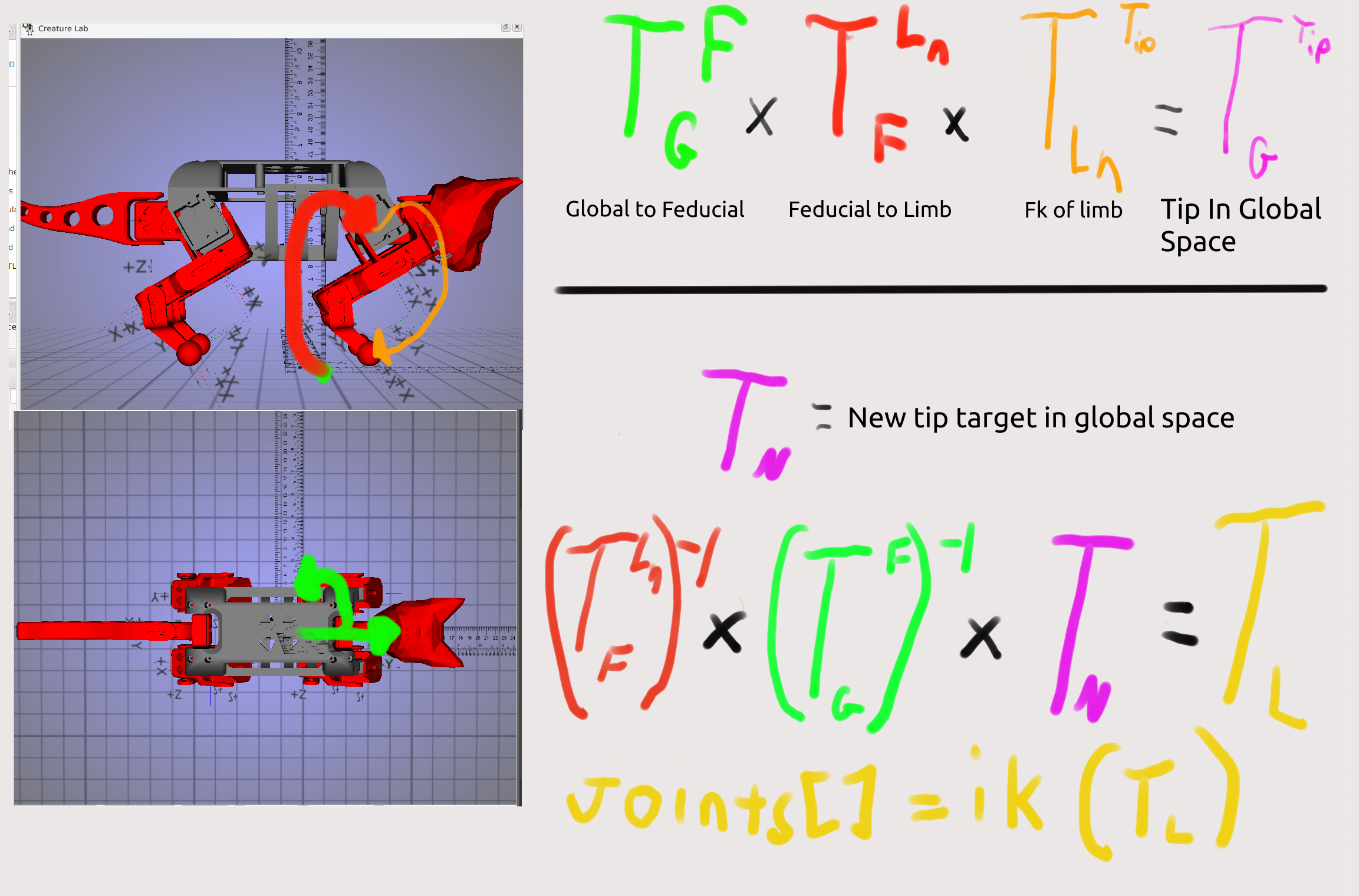
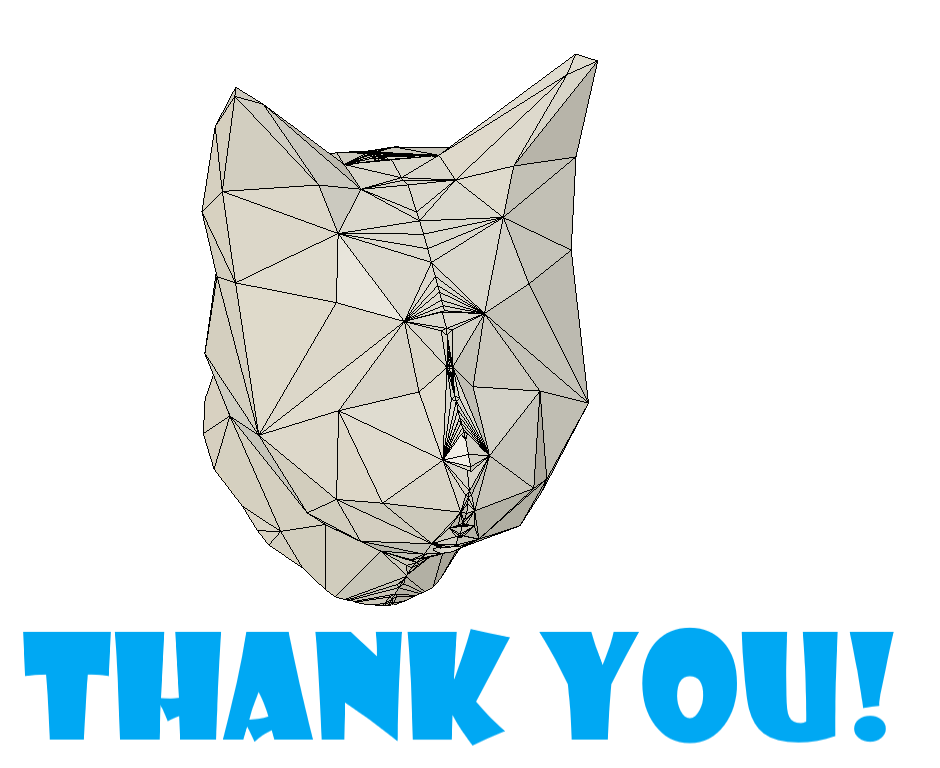
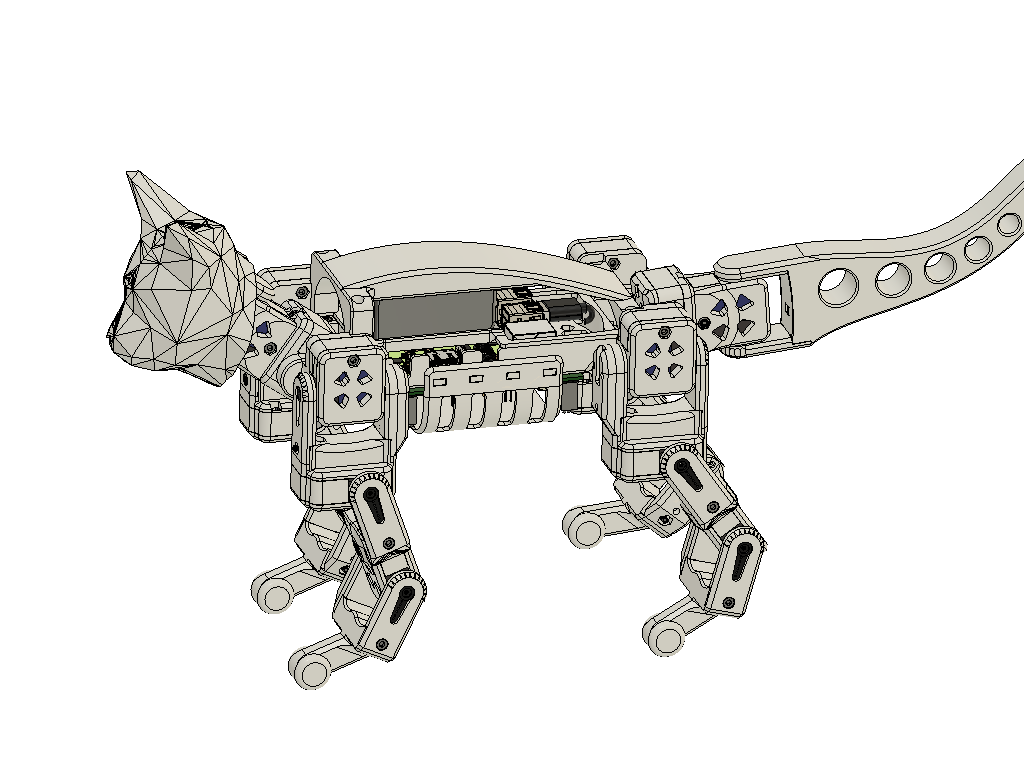
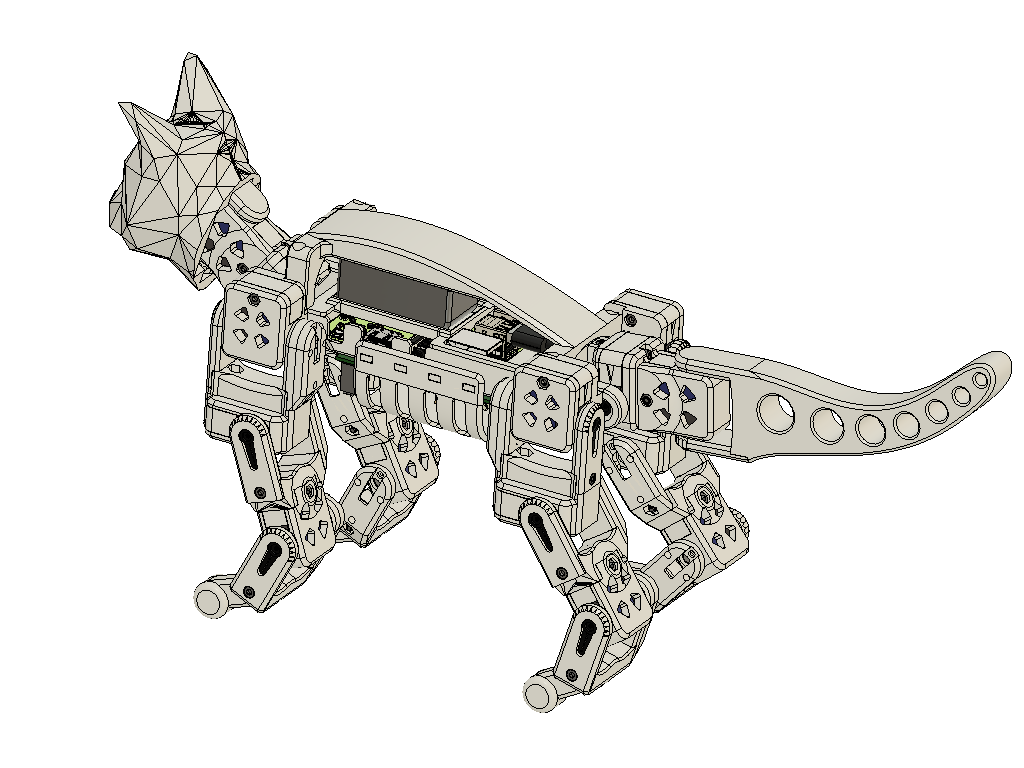
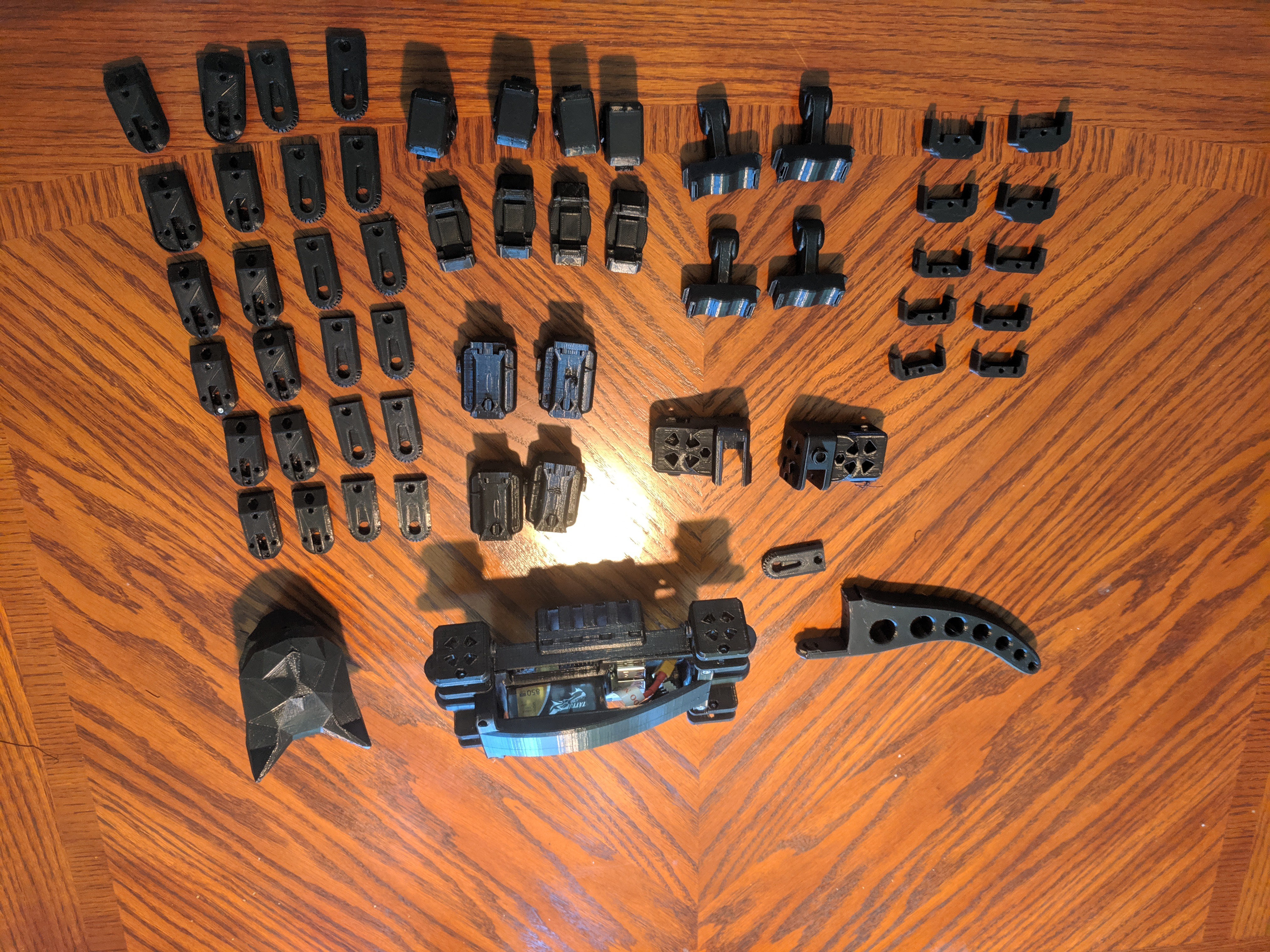
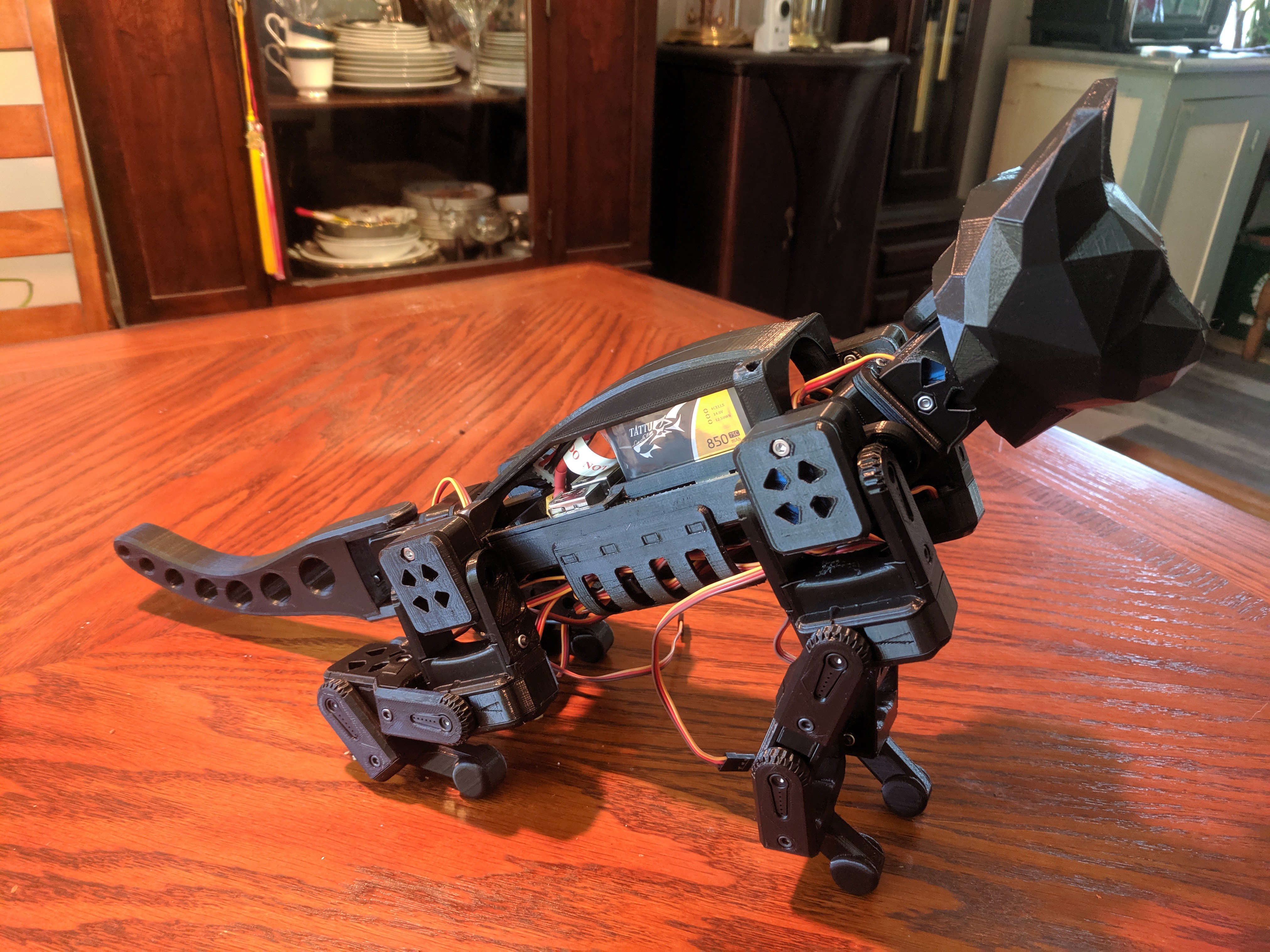
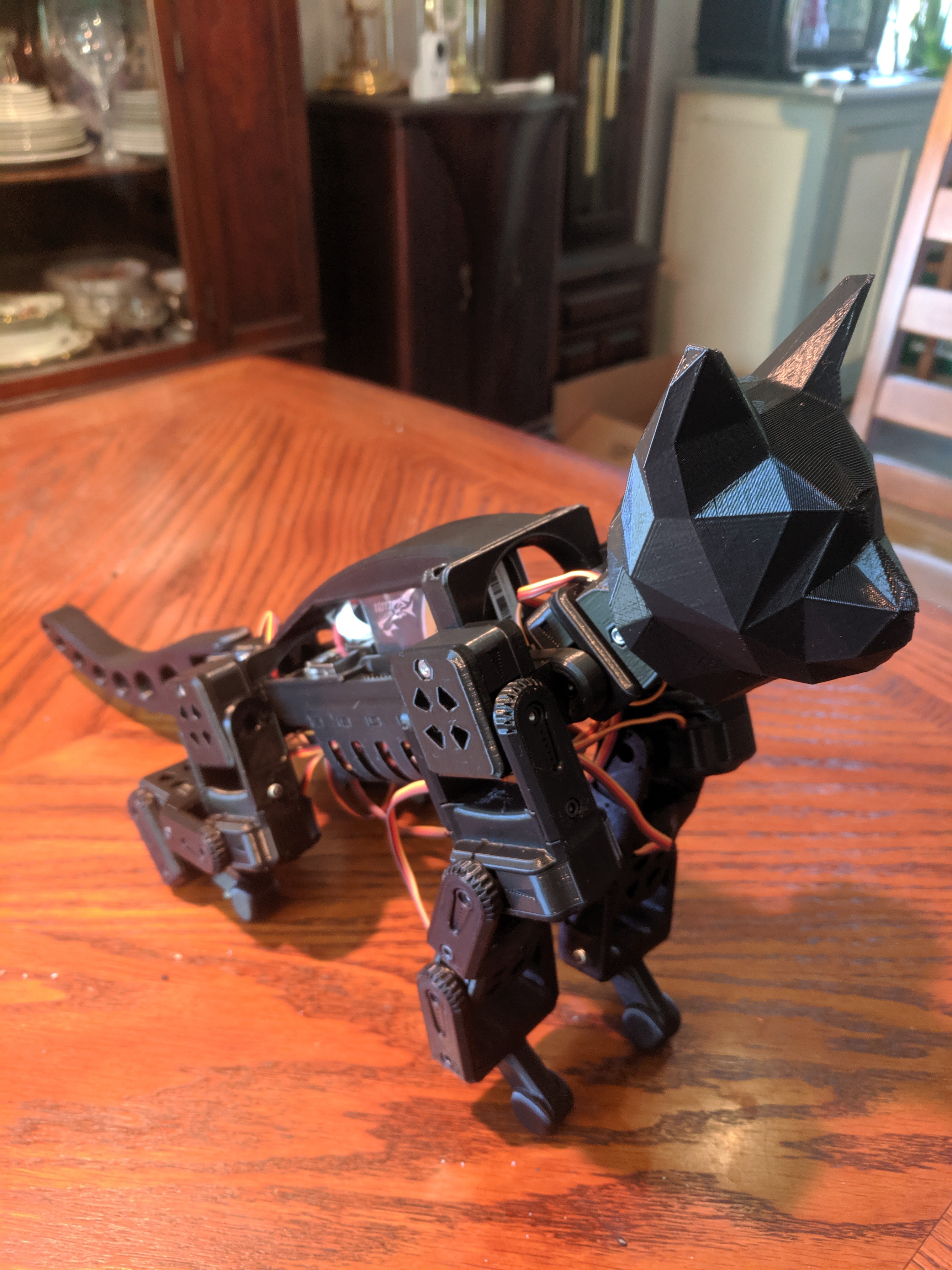
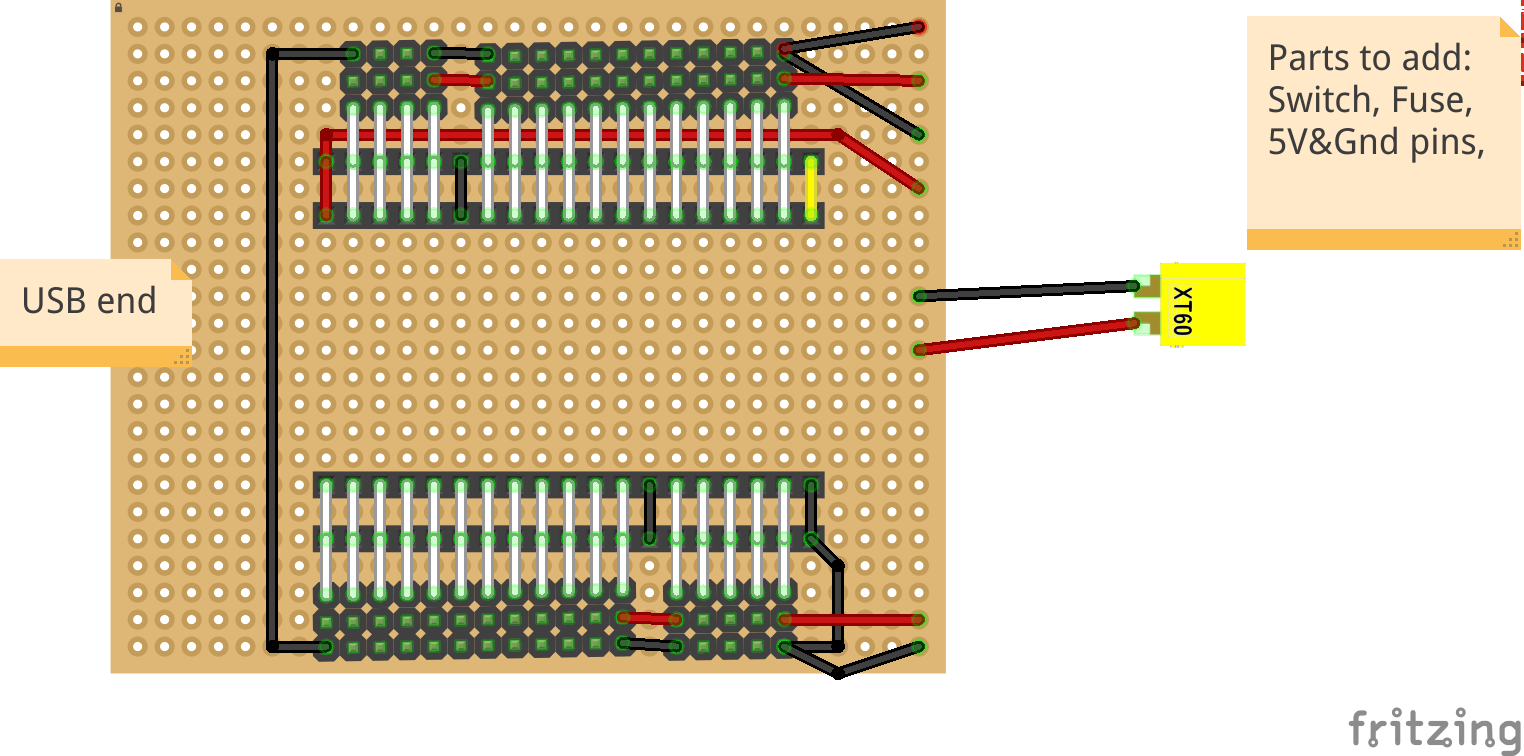










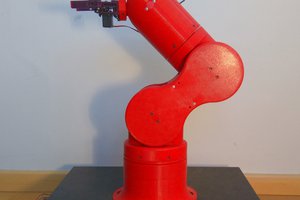
 AngelLM
AngelLM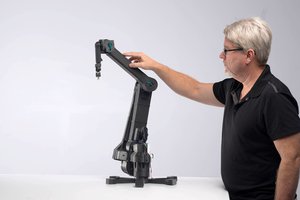
 Haddington Dynamics
Haddington Dynamics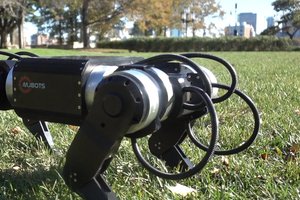
 Josh Pieper
Josh Pieper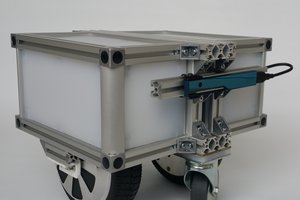
 Roald Lemmens
Roald Lemmens
for the grace model, what sort of sensor was used for the foot contact sensors? I don't see anything in the BOM